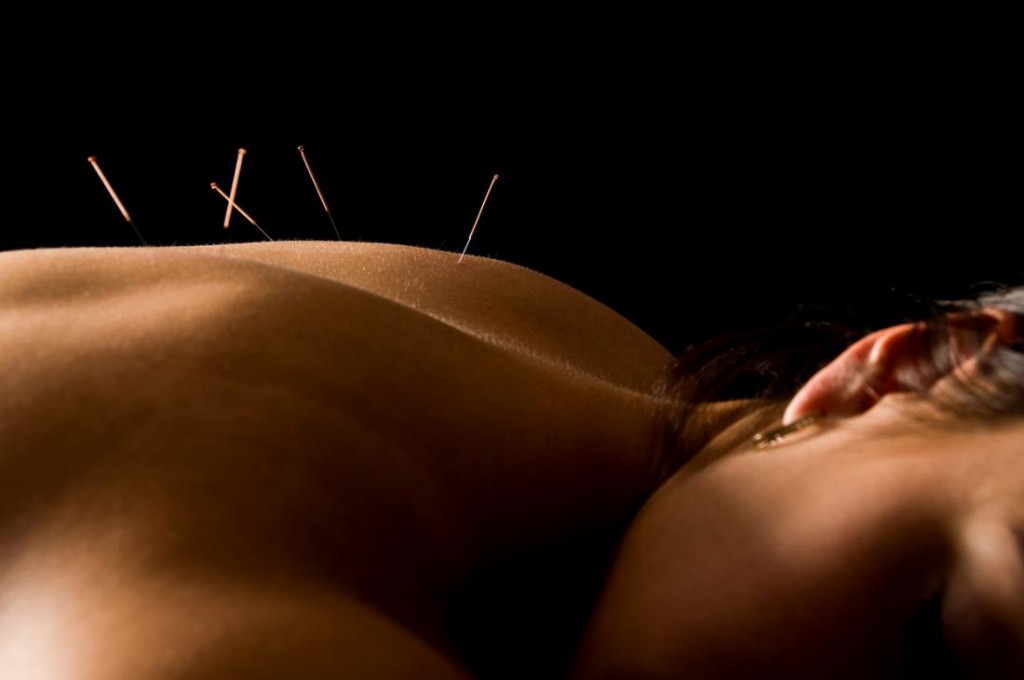
There are different acupuncture needles, just like the way there are different surgical blades or even sewing needles, The types could be due to the kind of material being used or the shape of the needle
These types of needles include: small, thin, thicker, stainless steel, ones made of silver and gold. The common, collective term for the nine types of needles are filiform needle, shear needle, round-pointed needle, spoon needle, lance needle, round-sharp needle, stiletto needle, long needle, and a big needle. A long (50 x 0.30 or 50 x 0.35 mm) needle is required for deep needling, for example in the gluteal region or the sole of the foot. Unless otherwise indicated, a 30 x 0.30 mm needle should be used. Short (15 x 0.20 mm) needles are better in potentially dangerous sites such as the chest wall or over the spine. In a very thin individual, a short needle may be preferred even where a longer one would normally be used, and short needles should also be used for children.
Before inserting the needle, you might wonder how many, or how deep should it go? Most traditionalists and some modernists insert a large number of needles (20 or more in most cases) and leave them in for at least 20 minutes with manual stimulation (twisting), for a short time: almost never more than 1 to 2 minutes and sometimes only a few seconds. For soft-tissue needling, needling is always very brief.
In acupuncture, we have trigger points. These are small areas of spasm inside the muscle. Such areas get stuck in a protective mode that ends up causing pain and stiffness. The trigger point can be in a very different place from where the pain is felt.
There are also basic principles in administering acupuncture treatment. The simplest form is needling the site of pain. Another way is needling an area remote from the site of pain which may influence that site. Also, needling the periosteum somewhere near the joint but not into the joint. There can also be central stimulation.
You would be shocked by the kind of diseases that can be treated using these special needling techniques. I will just list a few. They include acne, allergic rhinitis, anxiety, arrhythmias, asthma, back pain, cancer care, chronic cold, dementia, depression, dysmenorrhoea, eczema, headache, insomnia, kidney stones, menopausal symptoms, nausea and vomiting, stress, stroke, urinary incontinence, and vertigo.
The WHO approves of this ‘side green’ as it is safe to use.
In competent hands, acupuncture is generally safe with few contraindications or complications. Acupuncture most commonly used form involves needle penetration of the skin and may be compared to a subcutaneous or intramuscular injection. Thus it requires constant care to maintain high standards of cleanliness, sterilization, and aseptic technique. All needles should be sterilized.
In the third trimester of pregnancy, having acupuncture can induce labour so should be avoided. Also, people who are diabetic should avoid the process altogether.
It doesn’t end here. Ever wondered about homeopathy and naturopathy?
Tracy Obeng Nyamekye.

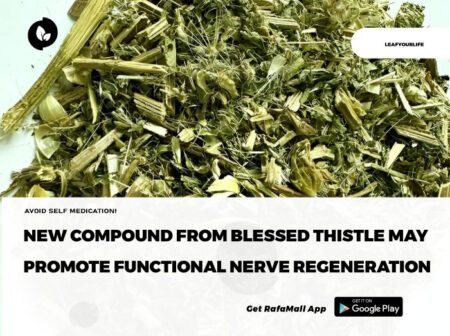
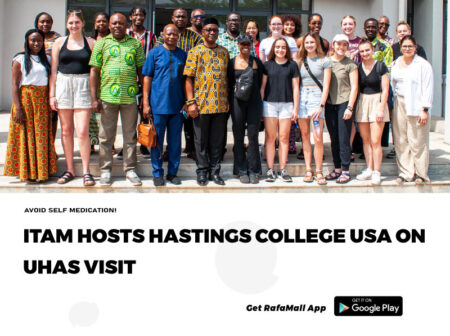
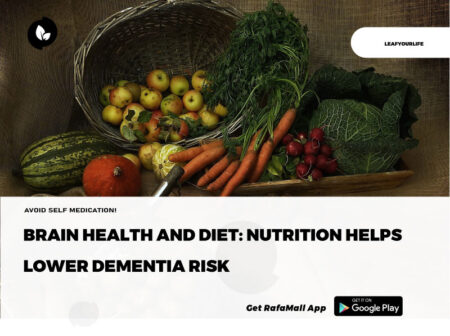

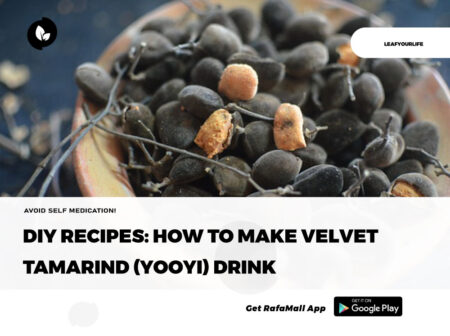
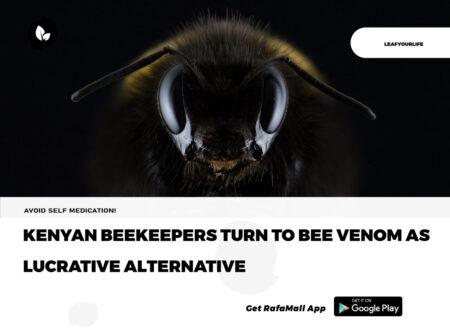
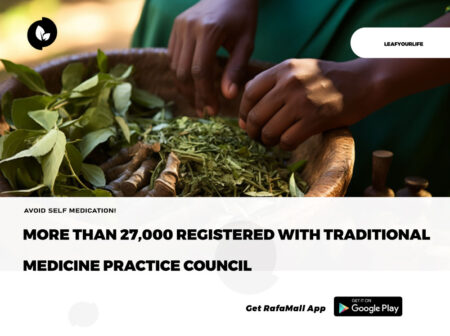
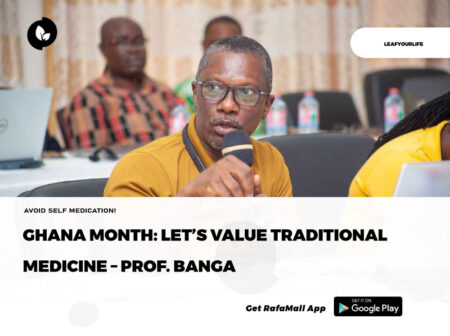



Insightful